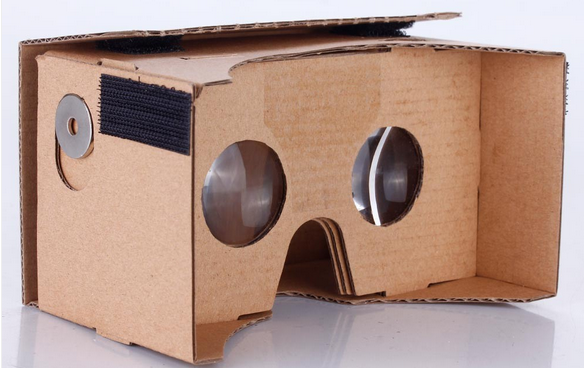Rumours this week are suggesting that search engine giant Google is looking to release a brand new mobile-based virtual reality (VR) head-mounted display (HMD) this year. It’s thought that the kit will be intended to take on Oculus VR and Samsung’s Gear VR. But that doesn’t mean the company is leaving its original VR concept, Google Cardboard, behind. In fact, the company had some announcements for the kit today at the Vision VR/AR Summit.
Clay Bavor, VP of VR at Google, took to the stage during the keynote speech to make two announcements in terms of VR. The first is that Cardboard Design Lab, the company’s app that teaches users about creating VR experiences, will be going open source on GitHub later today. The kit will include teleportation pads for movement, assets from the demo, source code for VR procedural generation, and mobile optimised source code.
The second announcement is much more significant for Unity developers. The popular Unity Engine will be getting native support for Google Cardboard, much like how the middleware will be getting Steam VR support as announced earlier today. Bavor explained that this meant no more plug ins for development. It certainly sounds like Google Cardboard will continue to grow is library even with the advent of this possible new HMD, then.
For the latest on Google’s work on VR, keep reading VRFocus.
-END-
The post Unity Getting Native Cardboard Support, Design Lab App Going Open Source appeared first on VRFocus.










![Insta360 X4 Video Compilation [No Talking]: 8K, Slow-Mo, Timelapse](https://news.lecce360.com/wp-content/uploads/2024/04/1713362788_maxresdefault-218x150.jpg)




